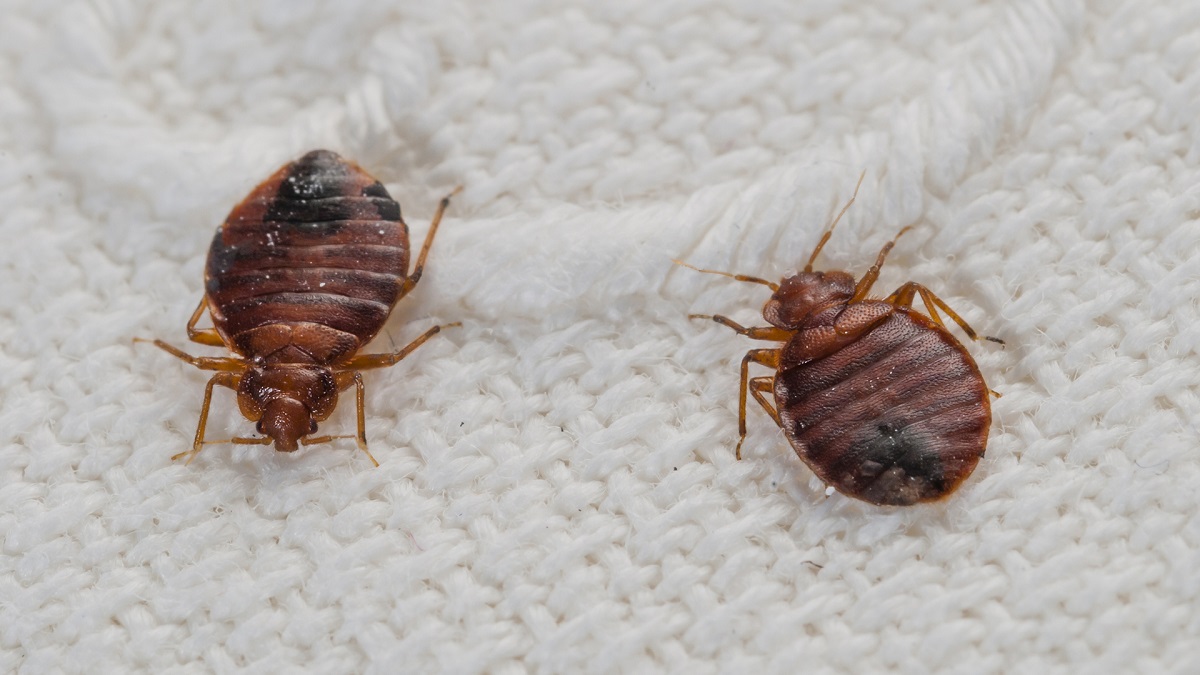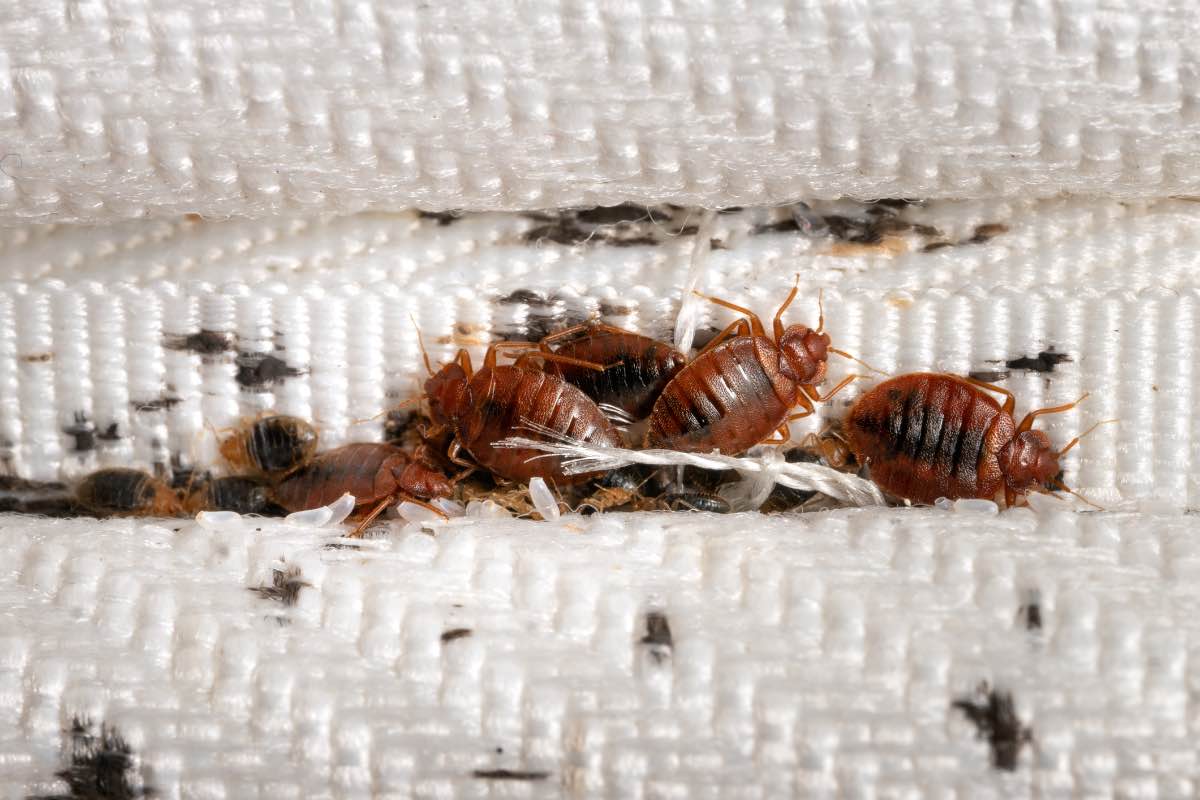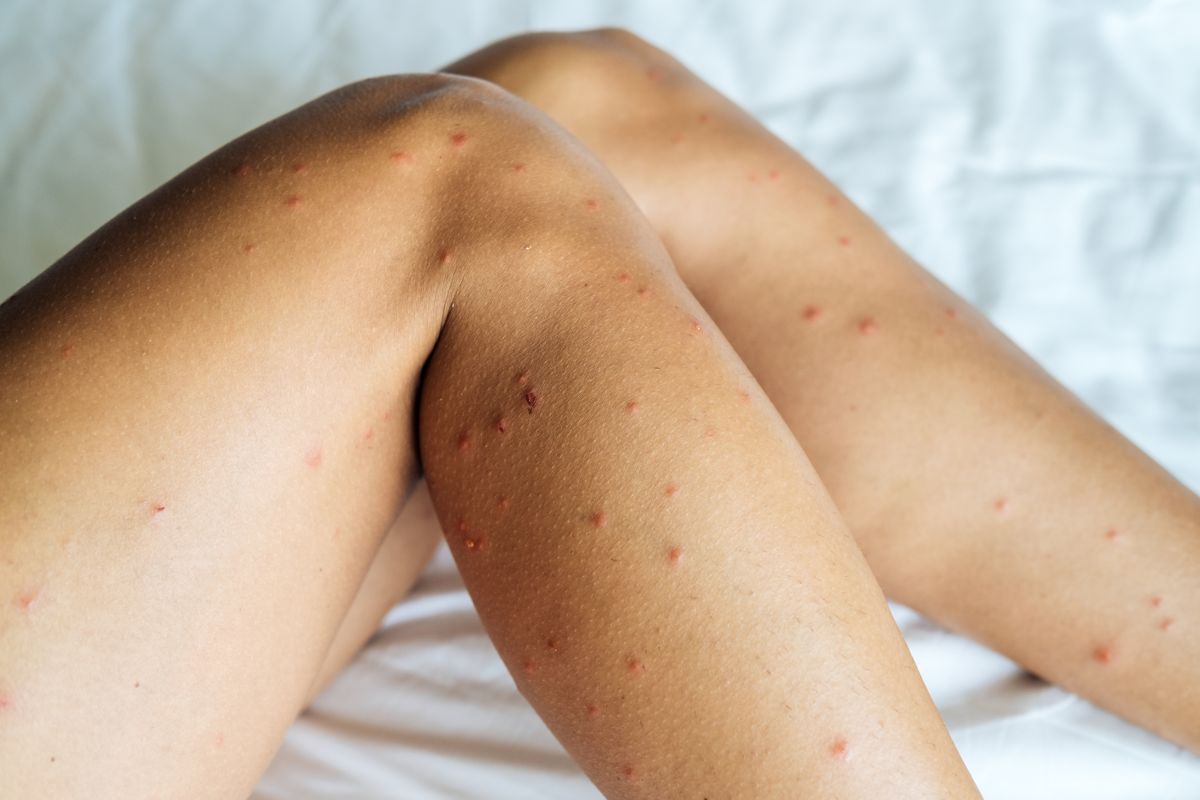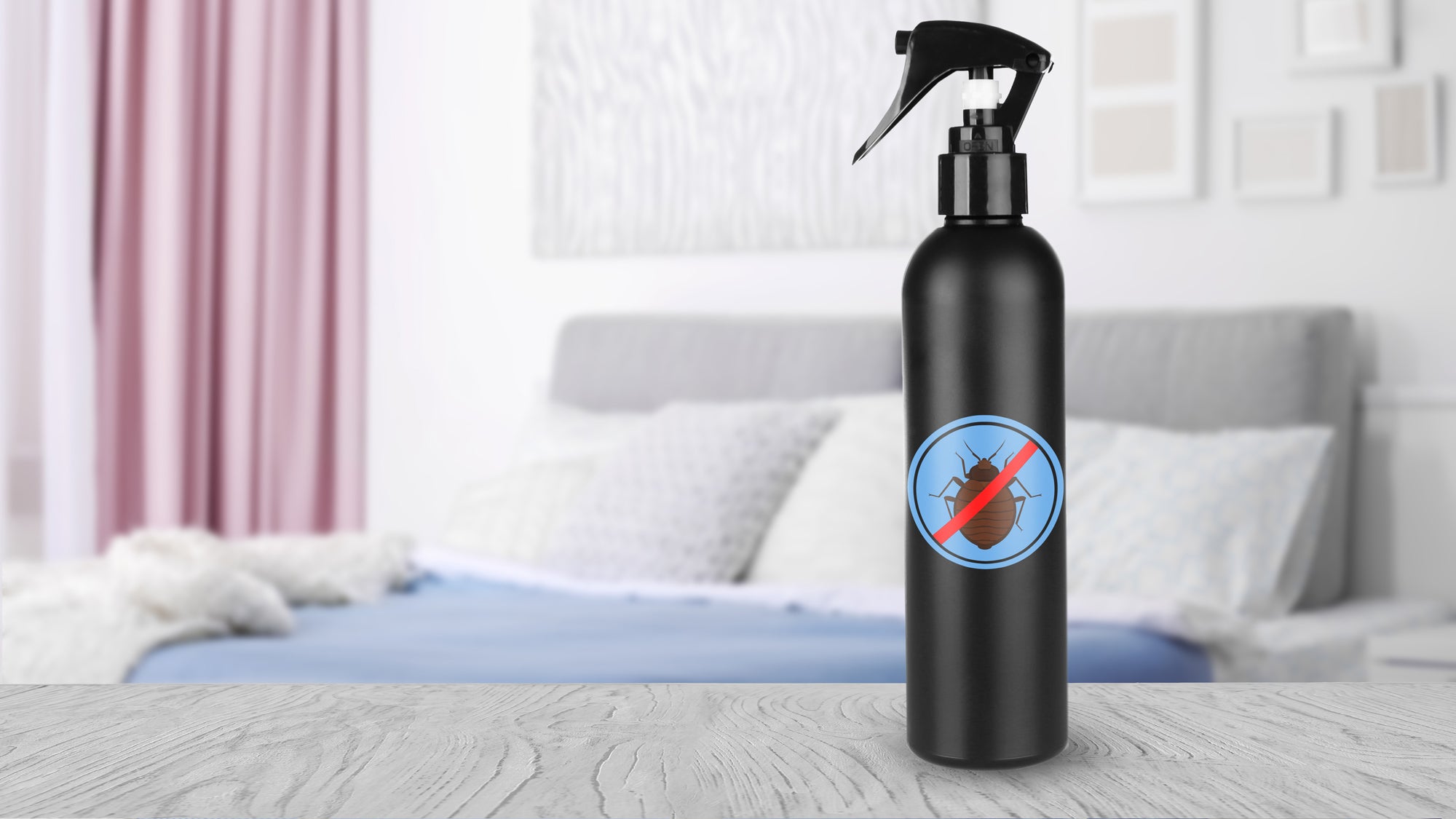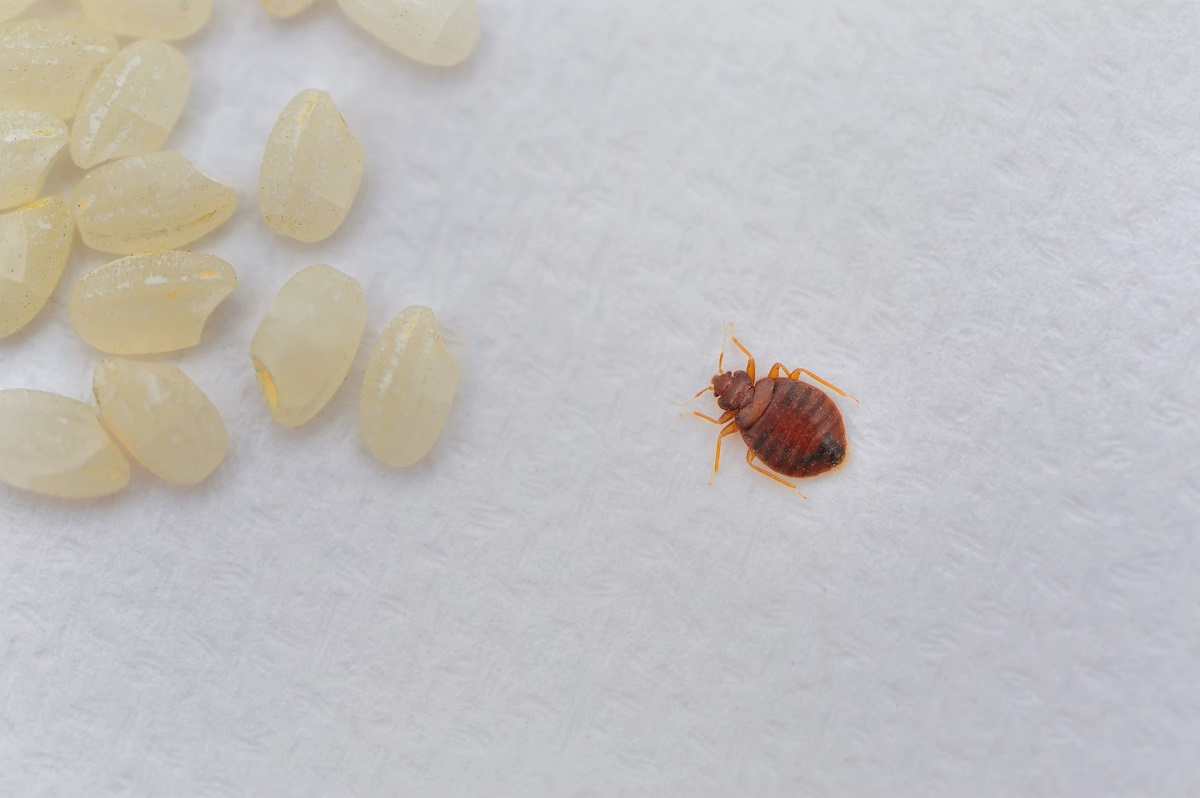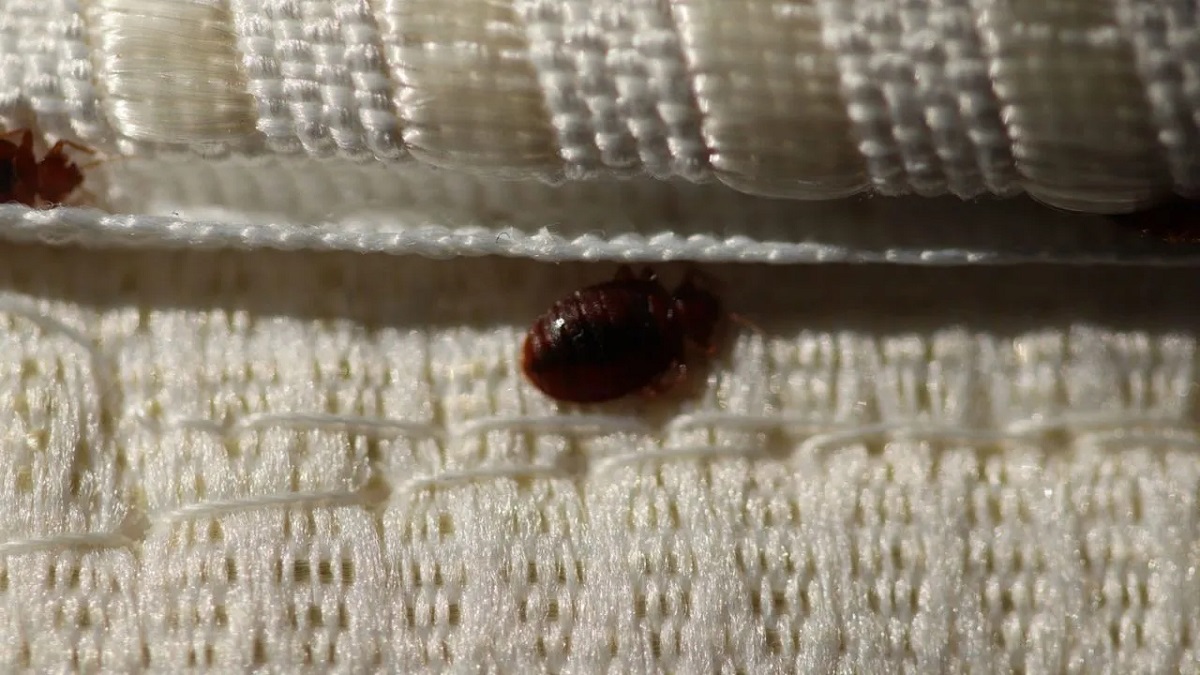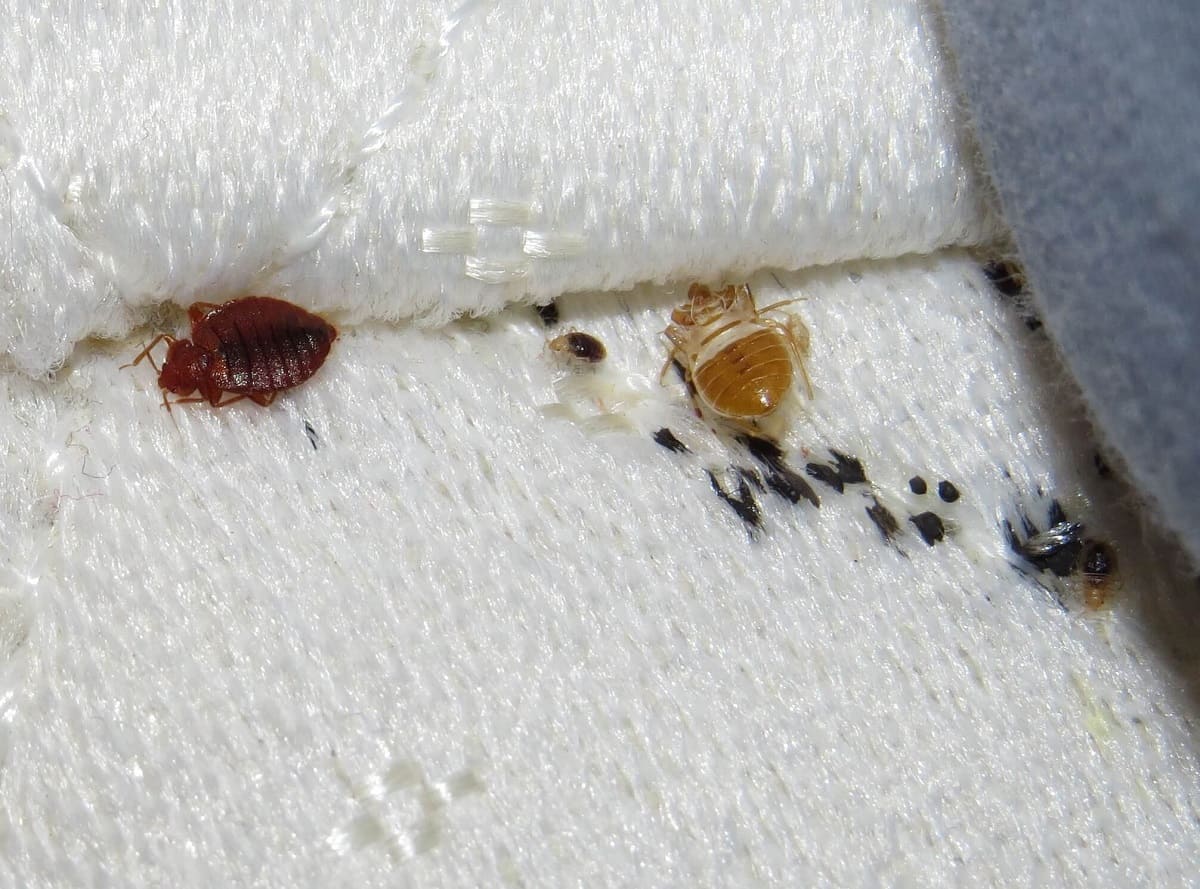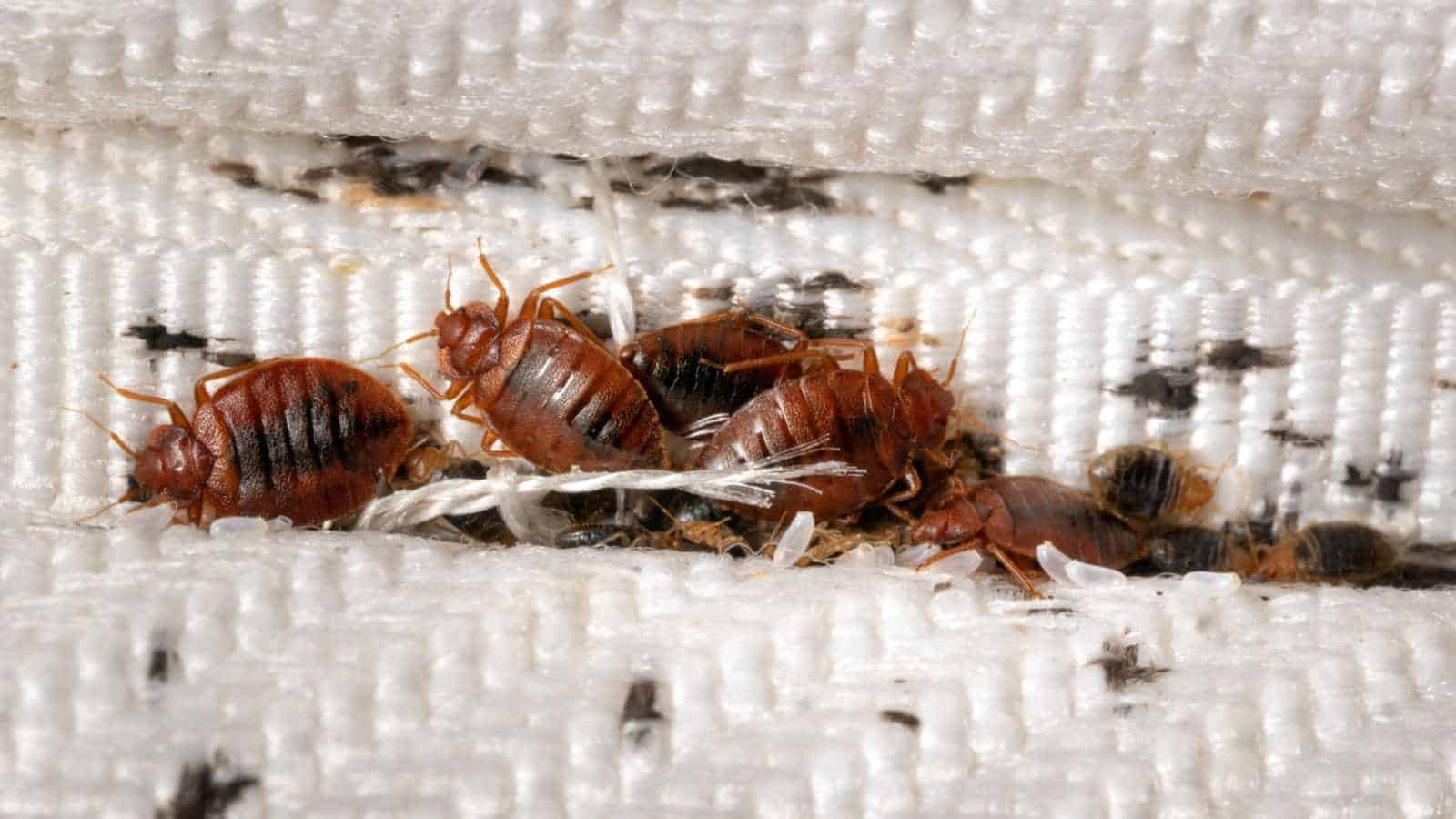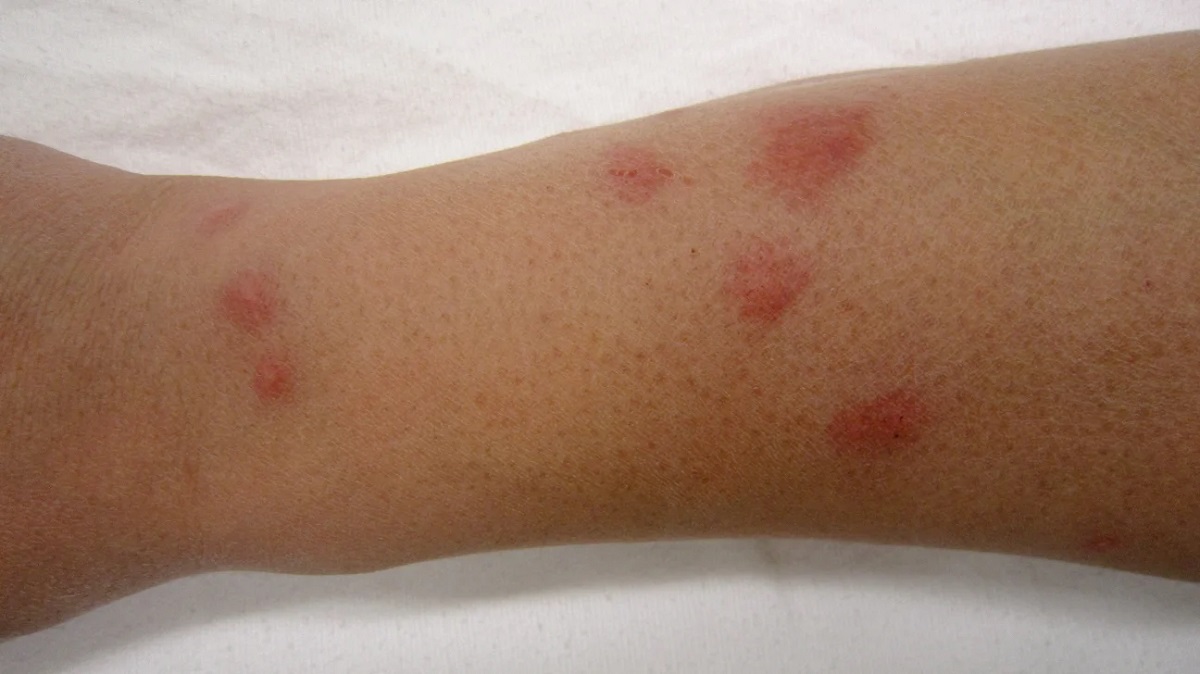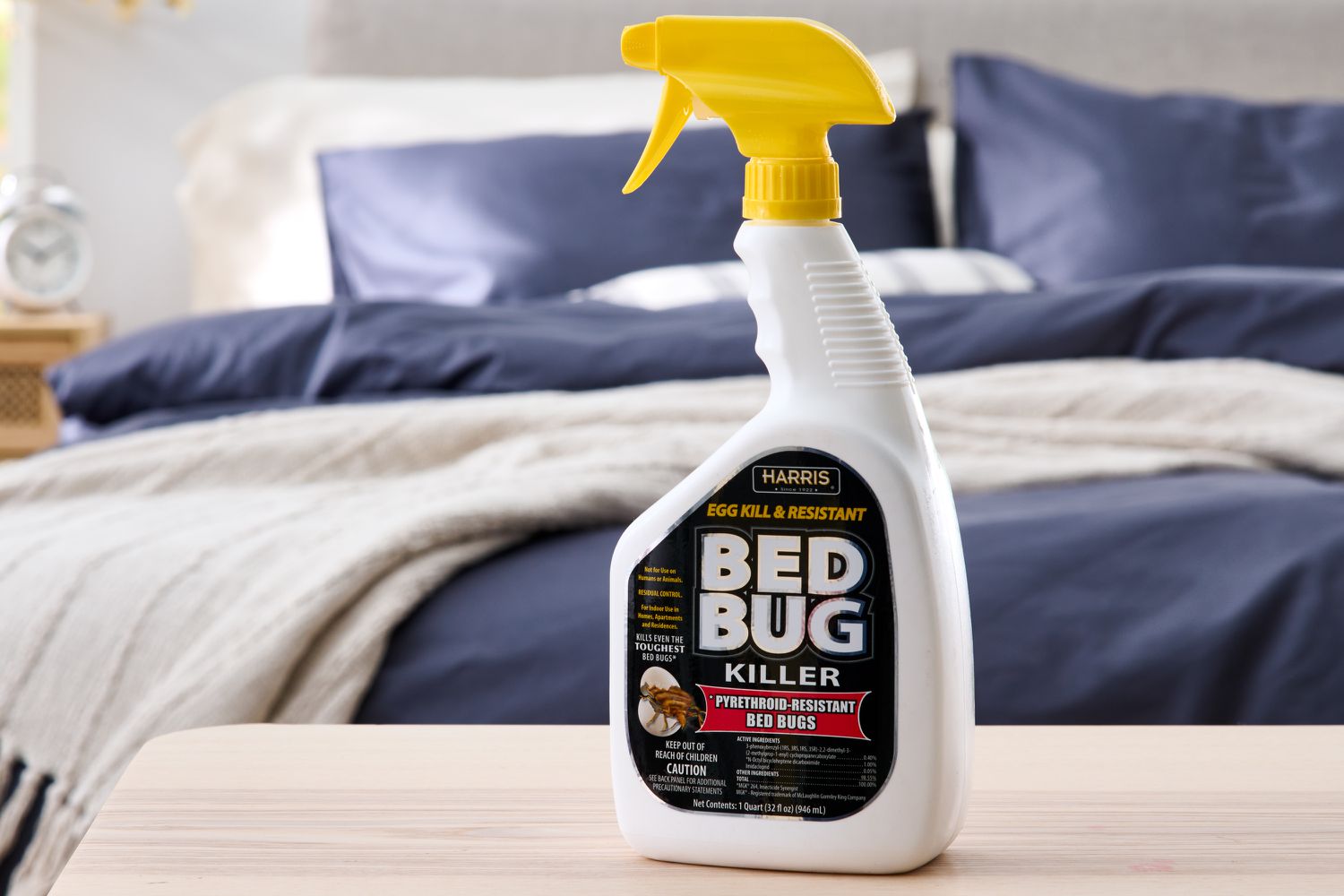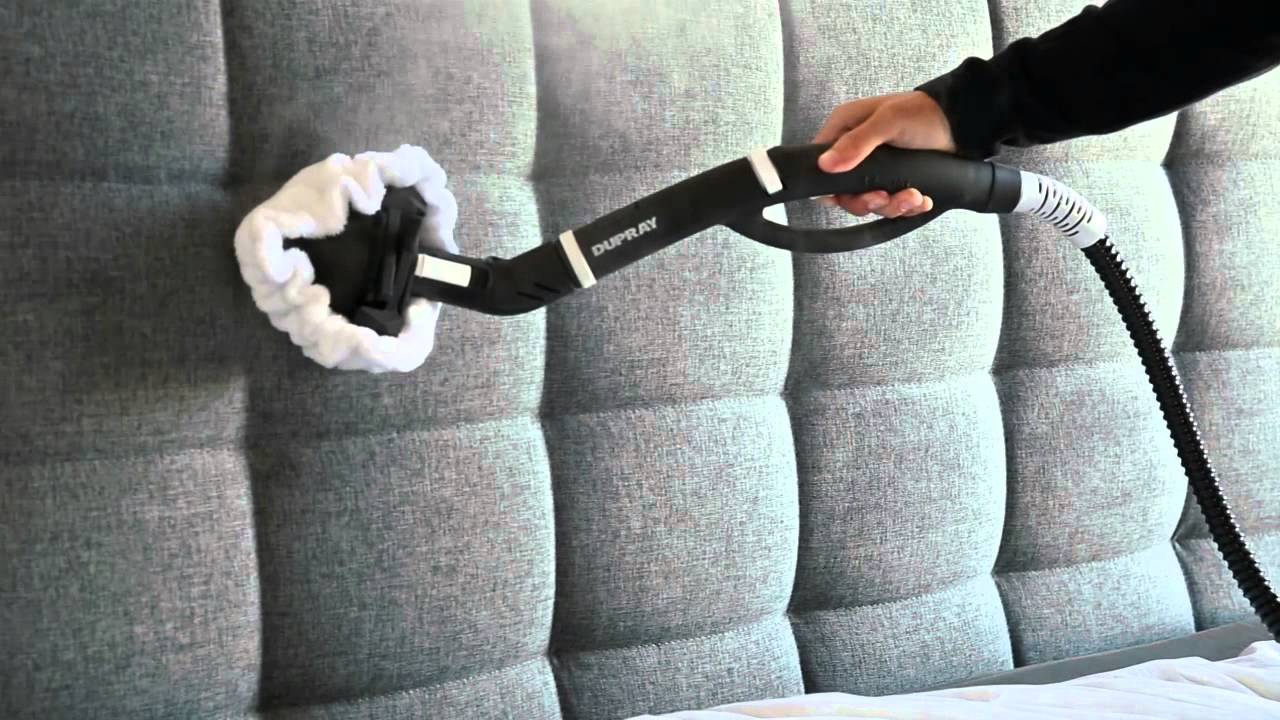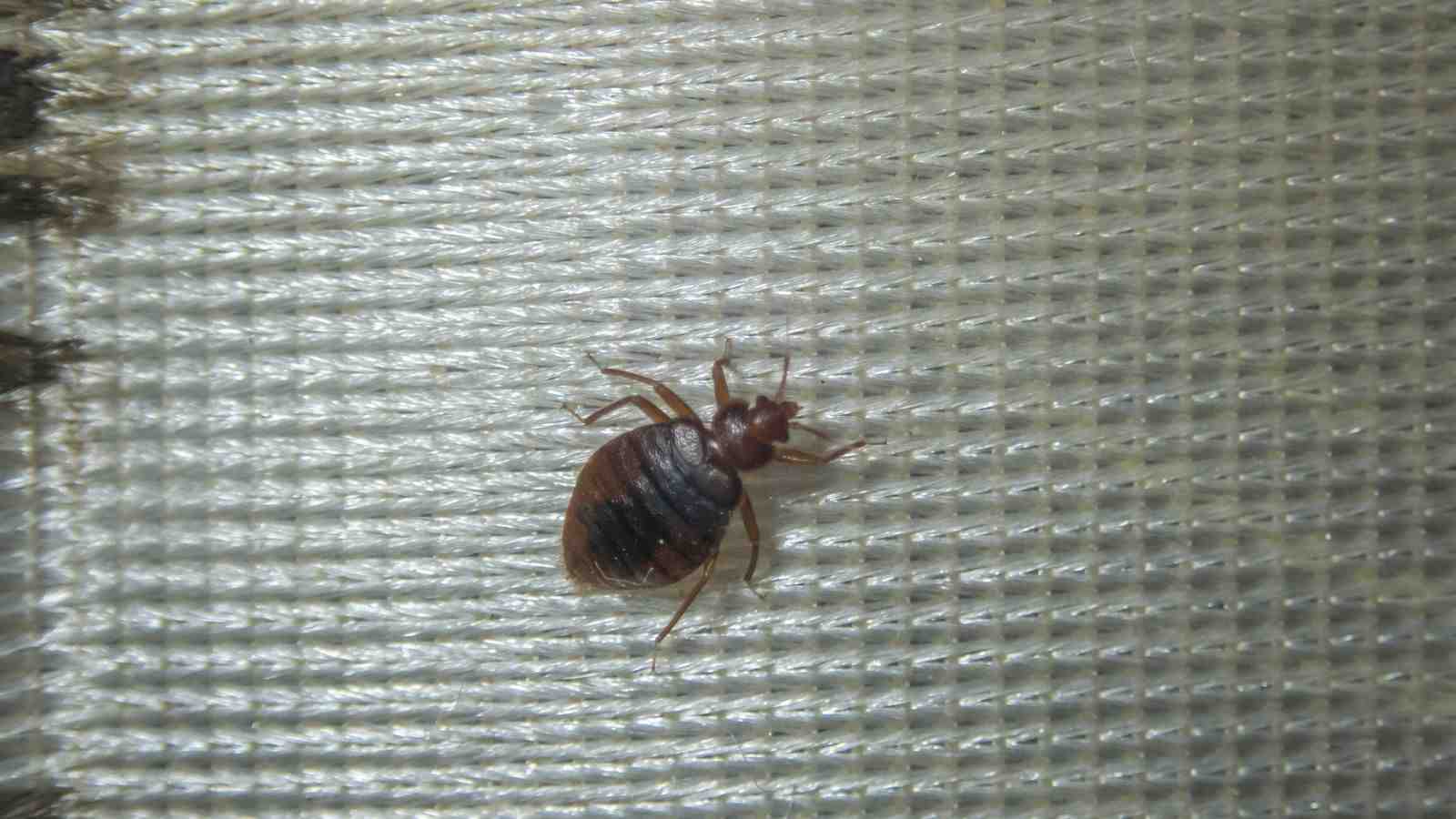Home>Furniture>Bedroom Furniture>What Attracts Bed Bugs
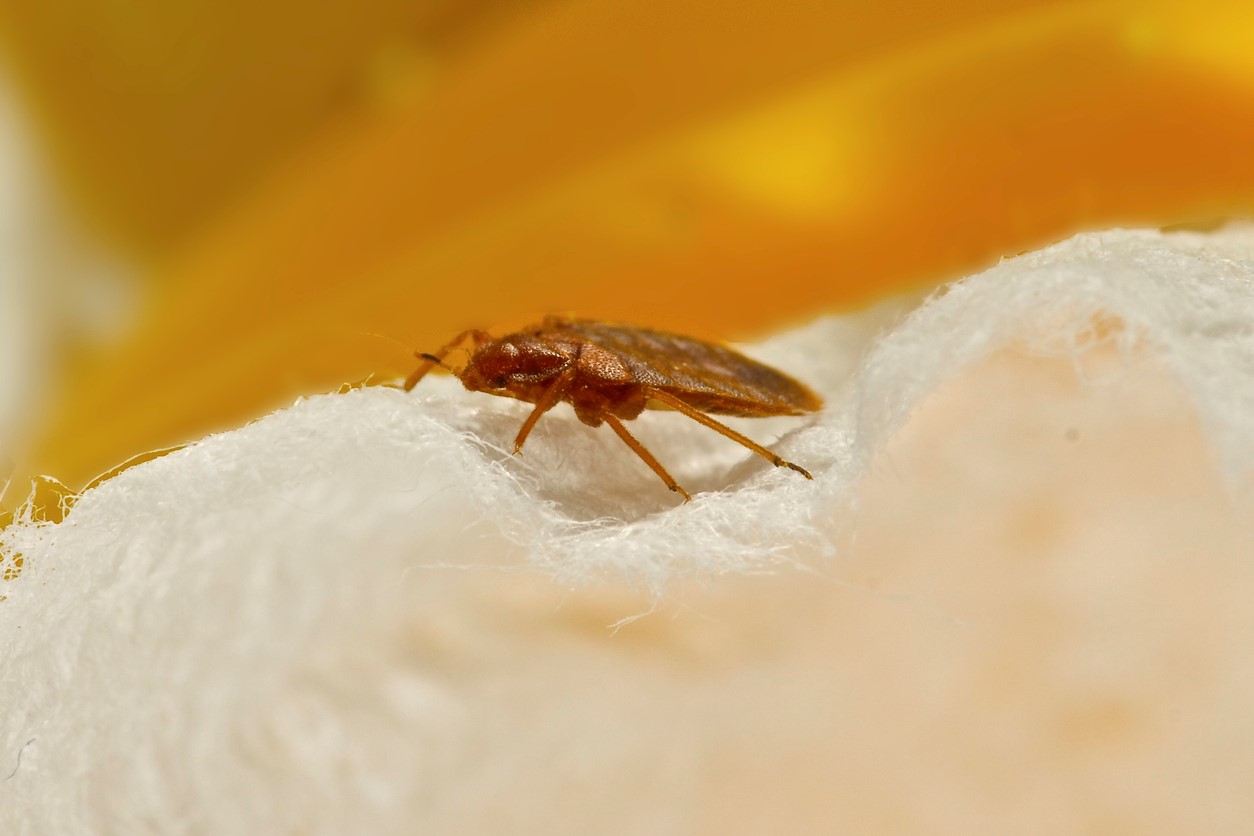

Bedroom Furniture
What Attracts Bed Bugs
Modified: October 22, 2024
Discover what attracts bed bugs to your bedroom furniture and learn how to prevent infestations. Protect your home and keep your furniture bed bug-free with our expert tips and advice.
(Many of the links in this article redirect to a specific reviewed product. Your purchase of these products through affiliate links helps to generate commission for Storables.com, at no extra cost. Learn more)
Introduction
Bed bugs. Just the mention of these critters can send shivers down your spine. These tiny wingless insects, known scientifically as Cimex lectularius, have become a major nuisance in recent years, infesting homes, hotels, and even public transportation. Bed bugs are expert hitchhikers, latching onto our belongings and making their way into our sanctuaries.
The rise of bed bug infestations has led many homeowners and renters to wonder, “What attracts bed bugs?” Understanding the factors that draw these pests to our living spaces is crucial in preventing and eliminating infestations. In this article, we will explore the common attractants for bed bugs and provide insights into how to keep them at bay.
But before we delve into the specific attractants, it’s important to note that anyone can fall victim to these unwanted roommates. Bed bugs do not discriminate; they can infest even the cleanest and most well-maintained homes. However, certain conditions and behaviors can make a dwelling more enticing to these pests.
So, let’s roll up our sleeves and dive into the world of bed bug attractants. By understanding what draws these pests into our living spaces, we can take proactive measures to protect ourselves and our homes.
Key Takeaways:
- Bed bugs are attracted to human presence, body heat, and carbon dioxide emissions, making our bedrooms the perfect hunting grounds for these pests. Regular inspection, cleanliness, and protective measures can help minimize the risk of infestations.
- Clutter, dirty laundry, and excessive moisture create ideal environments for bed bugs to thrive. By maintaining a tidy living space, practicing good laundry habits, and controlling indoor humidity levels, we can deter these pests from infesting our homes.
Read more: What Are Bed Bugs
The Rise of Bed Bug Infestations
Bed bug infestations have been on the rise globally over the past couple of decades. These blood-sucking pests were once nearly eradicated in many developed countries, but they have made a strong and persistent comeback. Several factors have contributed to the resurgence of bed bug infestations.
One significant factor is the increase in global travel. Bed bugs are notorious hitchhikers, latching onto luggage, clothing, and other personal belongings. As more and more people travel frequently, the chances of picking up bed bugs from infested hotels, airplanes, or public transportation also increase.
Additionally, the banning of certain highly effective pesticides, such as DDT, has hindered the control of bed bugs. Without these potent chemicals, it has become more challenging to eliminate infestations completely, leading to their widespread presence in various environments.
Another reason for the resurgence is the development of bed bug resistance to commonly used insecticides. Over time, these pests have evolved and developed resistance mechanisms, rendering many traditional treatments less effective.
Furthermore, the lack of public awareness and education about bed bugs has contributed to their proliferation. Many people are unfamiliar with the signs of infestations or how to prevent them, allowing the bugs to spread unnoticed and establish new populations.
In recent years, social stigma surrounding bed bug infestations has also played a role. People may be hesitant to report infestations due to fear of embarrassment or negative perceptions. This reluctance to seek professional help or take necessary precautions only prolongs the infestation and facilitates the spread to neighboring areas.
Overall, the rise of bed bug infestations can be attributed to a combination of increased travel, pesticide resistance, lack of awareness, and the social stigma associated with infestations. Now that we understand the contributing factors, let’s explore the specific attractants that draw bed bugs into our homes.
Common Attractants for Bed Bugs
When it comes to attracting bed bugs, there are several factors that make our homes and bedrooms more desirable to these pesky creatures. Understanding these common attractants can help us take proactive measures to minimize the risk of infestations. Let’s explore them in detail:
- Human Presence: Bed bugs are primarily attracted to the presence of humans. Our bodies emit heat and carbon dioxide, which act as beacons for these pests. When we sleep, our breathing and body heat intensify, making us all the more attractive to bed bugs.
- Bedding and Furniture: Bed bugs are experts at hiding in cracks and crevices. They seek refuge in mattresses, box springs, bed frames, and other furniture close to our sleeping areas. These areas provide them with easy access to their preferred food source – our blood.
- Clutter and Hiding Spots: A cluttered living environment provides numerous hiding spots for bed bugs to thrive. Piles of clothes, stacks of papers, and cluttered spaces make it easier for these pests to go unnoticed and establish their populations.
- Dirty Laundry: Bed bugs are attracted to the scent of human sweat and body odors, which are often found on our soiled clothes and bedding. Leaving dirty laundry lying around can act as a magnet for these insects, allowing them to easily infest our homes.
- Excessive Moisture: Bed bugs are not particularly attracted to moisture itself, but high humidity levels create an environment that bed bugs thrive in. Damp basements, leaky pipes, or excessive indoor moisture can provide ideal conditions for these pests to multiply.
- Pests and Infestations: Bed bugs are highly opportunistic insects. They are attracted to areas where other pests or infestations are present. If your home has a history of rodents, cockroaches, or other pests, it’s more likely that bed bugs will also find their way in.
By being aware of these common attractants, we can take proactive measures to minimize bed bug infestations. Regularly cleaning and decluttering our living spaces, washing and drying bedding on high heat, and maintaining a well-ventilated and dry environment are all effective ways to deter bed bugs. It’s also essential to inspect and treat any second-hand furniture or clothing before bringing them into our homes.
Remember, prevention is key when it comes to bed bug infestations. By eliminating the attractants and taking preventive measures, we can minimize the risk of these unwelcome guests invading our homes and bedrooms.
Human Presence
When it comes to attracting bed bugs, the presence of humans is a primary factor. Bed bugs are highly skilled at detecting the heat and carbon dioxide emitted by our bodies, which act as signals for them to find their next blood meal. This makes our bedrooms, where we spend a significant amount of time sleeping and resting, the perfect hunting grounds for these pests.
Bed bugs are nocturnal creatures, primarily active at night when we are asleep. During this time, our body heat increases, and we release more carbon dioxide through our breath. These physiological changes make us even more attractive to bed bugs and draw them towards us.
Although bed bugs are not attracted to us in the same way that mosquitoes are attracted to the smell of certain individuals, they are drawn to the heat and carbon dioxide we produce. This is why they tend to congregate near our beds or any other areas where we spend extended periods of time.
It’s important to note that anyone can attract bed bugs, regardless of personal hygiene or cleanliness. These pests are not discriminatory and are solely interested in finding a suitable food source. Whether you have a spotless home or not, the presence of humans will inevitably attract bed bugs if given the opportunity.
To minimize the attraction of bed bugs to human presence, there are a few preventive measures you can take:
- Regularly inspect your sleeping area: Regularly check your bed, mattress, and bedding for any signs of bed bug infestation, such as dark spots or small bloodstains. Early detection can help prevent a full-blown infestation.
- Use protective mattress and pillow covers: Encasing your mattress and pillows with bed bug-proof covers can help prevent these pests from infesting your sleeping area. These covers create a physical barrier and make it difficult for bed bugs to access their preferred hiding spots.
- Keep your bedroom tidy: Clutter provides hiding spots for bed bugs. Keep your bedroom organized and minimize the number of potential hiding spots by decluttering regularly.
- Be cautious when traveling: When staying in hotels or other accommodations, inspect the room for any signs of bed bugs before settling in. Keep your luggage off the floor and use luggage racks or plastic bags to prevent bed bugs from hitchhiking into your belongings.
- Vacuum regularly: Regularly vacuuming your bedroom, especially around the bed and other furniture, can help remove any bed bugs or eggs that may be present. Dispose of the vacuum bag properly to prevent reinfestation.
By being mindful of human presence and taking proactive measures, you can reduce the likelihood of bed bugs infesting your sleeping areas and ensure a more peaceful and bug-free night’s sleep.
Body Heat and CO2 Emissions
When it comes to attracting bed bugs, our body heat and carbon dioxide emissions play a significant role. Bed bugs have evolved to detect and be attracted to these signals as they search for a blood meal.
Bed bugs are ectothermic, meaning they cannot generate their own body heat. They rely on external heat sources to regulate their body temperature. This is where our body heat becomes enticing to them. As we sleep, our bodies emit a consistent and warm heat signature, creating an ideal environment for bed bugs to thrive.
In addition to body heat, bed bugs are highly sensitive to the carbon dioxide we exhale. When we breathe, we release carbon dioxide gas, which acts as a primary attractant for bed bugs. These pests have specialized sensory organs that can detect the presence of carbon dioxide from a distance.
Bed bugs associate carbon dioxide with the presence of a potential blood meal. As we exhale, the concentration of carbon dioxide in the air increases, signaling to bed bugs that there is a food source nearby. Consequently, they are drawn toward the source of carbon dioxide, which is us.
It’s important to note that some individuals may release more carbon dioxide or produce more body heat than others, making them potentially more attractive to bed bugs. Factors such as physical exertion, high metabolic rate, or certain underlying health conditions can contribute to increased heat and carbon dioxide emissions, making those individuals more susceptible to bed bug bites.
To minimize the attraction of bed bugs to your body heat and carbon dioxide emissions, here are a few preventive measures you can take:
- Use bed bug-deterring materials: Some bedding materials, such as certain types of mattress encasements, are designed to repel bed bugs. Consider using these materials to create a barrier between yourself and the bugs.
- Keep a cool sleeping environment: Bed bugs thrive in warm temperatures. Keeping your bedroom cool can discourage their activity and make your sleeping area less attractive to them.
- Consider using bed bug traps: Bed bug traps or interceptors can be placed under the legs of your bed or furniture. These traps capture any bed bugs attempting to climb onto your bed, helping to reduce their numbers and prevent bites.
- Eliminate clutter: Clutter provides hiding spots for bed bugs, making it easier for them to access your sleeping areas. Keep your bedroom tidy and minimize potential hiding spots to reduce the chances of infestation.
- Use a bed bug repellent: While repellents may not be 100% effective at preventing bed bugs, they can help deter them from approaching you. Look for repellents specifically designed to repel bed bugs and follow the instructions for proper usage.
By being mindful of your body heat and carbon dioxide emissions, and taking preventive measures, you can reduce the chances of bed bugs being attracted to you and potentially infesting your living spaces.
Read more: What Repels Bed Bugs
Bedding and Furniture
When it comes to attracting bed bugs, your bedding and furniture can serve as cozy hiding spots and provide easy access to their preferred source of nourishment: your blood. Bed bugs have a knack for finding their way into the seams, crevices, and cracks of mattresses, box springs, bed frames, and other furniture in close proximity to where people sleep or rest.
Bed bugs are flat and tiny, allowing them to squeeze into tight spaces undetected. The folds and tufts of mattresses, as well as the gaps in bed frames, provide ideal hiding spots for these pests during the day, when they are most inactive.
Once bed bugs have infested your bedding or furniture, they can quickly multiply and establish a full-blown infestation. They reproduce at a rapid rate, with adult females laying multiple eggs each day. The eggs are small and difficult to see, making them even more challenging to eliminate.
It’s important to note that even if your bed and furniture appear clean and well-maintained, they can still harbor bed bugs. These pests can easily hitch a ride on luggage, clothing, or other personal belongings, allowing them to infest your living spaces without you even knowing.
To minimize the attraction of bed bugs to your bedding and furniture, here are a few preventive measures you can take:
- Regularly inspect your bedding: Check your mattress, box spring, and bed frame regularly for any signs of bed bug infestation, such as dark spots or small bloodstains. Pay attention to the seams, tufts, and corners, as these are common hiding spots for bed bugs.
- Wash and dry bedding on high heat: Launder your bedding, including sheets, pillowcases, and blankets, on high heat. Bed bugs and their eggs cannot withstand high temperatures, so this helps eliminate any hidden pests.
- Consider using mattress encasements: Encasing your mattress and box spring with bed bug-proof encasements can help prevent these pests from infesting your bedding. These encasements create a physical barrier, making it difficult for bed bugs to penetrate and hide.
- Inspect used furniture: Exercise caution when acquiring second-hand furniture, especially mattresses and upholstered items. Inspect them thoroughly for any signs of bed bug activity before bringing them into your home.
- Minimize cracks and crevices: Repair any cracks or gaps in your bed frame and furniture where bed bugs could hide. Seal these openings to reduce their hiding spots.
By being proactive and vigilant, you can minimize the risk of bed bug infestations in your bedding and furniture. Regular inspection, cleaning, and preventive measures can help keep these pests at bay and ensure a restful and bug-free sleep environment.
When traveling, inspect hotel rooms for signs of bed bugs such as blood stains on sheets, mattress seams, and dark spots on the mattress. Keep luggage off the floor and use a luggage rack if available.
Clutter and Hiding Spots
Clutter is a bed bug’s best friend. It provides numerous hiding spots and creates an ideal environment for these pests to thrive and multiply. Whether it’s piles of clothes, stacks of papers, or general clutter in your living space, it can become a haven for bed bugs to establish their populations.
Bed bugs are experts at hiding in cracks, crevices, and dark corners during the day when they are not actively seeking a blood meal. Cluttered areas create more hiding spots, making it easier for these pests to go unnoticed and breed without interference.
When infesting a cluttered space, bed bugs can quickly spread from item to item, making it challenging to contain the infestation and eradicate them completely. They can hide in clothing, bags, books, electrical sockets, and any other small spaces where they can squeeze their flat bodies unnoticed.
It’s important to note that bed bugs do not discriminate between clean or dirty clutter. They are solely attracted to the clutter itself, as it provides an environment conducive to their survival and reproduction. Even the most meticulously cleaned homes can fall victim to bed bug infestations if clutter is present.
To minimize the attraction of bed bugs to clutter and hiding spots, it’s crucial to keep your living spaces organized and tidy. Here are a few preventive measures you can take:
- Declutter regularly: Take the time to declutter your living spaces regularly. Sort through your belongings, get rid of unnecessary items, and create a more streamlined environment with fewer hiding spots for bed bugs.
- Keep floors and surfaces clear: Keep your floors, desks, tables, and other surfaces free of clutter. Avoid leaving piles of clothing, shoes, or other items lying around as this provides perfect hiding spots for bed bugs.
- Store items in sealed plastic containers: Store items that are not in regular use in sealed plastic containers. This prevents bed bugs from accessing them and reduces the likelihood of infestation.
- Regularly vacuum and clean: Vacuum your living spaces regularly, paying attention to cracks, crevices, and areas around furniture. Dispose of the vacuum bag properly to prevent any captured bed bugs from reinfesting your home.
- Inspect used items before bringing them in: Before bringing in second-hand items, such as clothing, furniture, or electronics, inspect them thoroughly for any signs of bed bugs, such as dark spots or eggs. This helps prevent the introduction of bed bugs into your living spaces.
By keeping your living spaces free of clutter and reducing potential hiding spots, you can significantly minimize the attraction of bed bugs. A clean and organized environment not only deters these pests but also makes it easier to detect any signs of infestation early on, allowing you to take prompt action to eliminate them.
Dirty Laundry
Believe it or not, bed bugs can be attracted to your dirty laundry. While bed bugs aren’t necessarily drawn to the scent or dirtiness of your clothes, they are attracted to the body odors and sweat that accumulate on them. This makes your pile of dirty laundry a desirable spot for these pests.
Bed bugs have a keen sense of smell and can detect the scent of human sweat and body odors. When you leave your dirty clothes lying around, particularly in dark and secluded areas, it creates a favorable environment for bed bugs to thrive and reproduce.
Leaving your dirty laundry unattended provides bed bugs with an opportunity to infest your living spaces. These pests can crawl into the folds and creases of your clothes, using them as a hiding spot until they can find their way to your bed or furniture.
It’s important to note that bed bugs can survive for extended periods of time without a blood meal. They can hide in your dirty laundry for several days or even weeks, waiting for the right opportunity to feed.
To minimize the attraction of bed bugs to your dirty laundry and prevent infestations, here are a few preventive measures you can take:
- Contain your dirty laundry: Use a designated hamper or laundry basket with a lid to store your dirty clothes. This prevents bed bugs from having direct access to your laundry.
- Seal your dirty laundry: If possible, place your dirty clothes in sealed plastic bags before putting them in the hamper. This creates an additional barrier that makes it harder for bed bugs to reach your laundry.
- Regularly wash and dry on high heat: Wash your clothes, bedding, and other washable items on high heat. Bed bugs and their eggs cannot survive high temperatures, so this effectively kills them.
- Empty the hamper frequently: Avoid letting your dirty laundry pile up for extended periods of time. Empty the hamper regularly and wash the clothes to prevent bed bugs from finding a comfortable hiding spot.
- Inspect laundry facilities: When using communal laundry facilities, such as in apartments or dormitories, inspect the machines and the area around them for any signs of bed bug activity before using them.
By practicing good laundry habits and keeping your dirty clothes contained and regularly washed, you can minimize the risk of bed bug infestations. Remember to be proactive and diligent in handling your laundry to ensure it doesn’t become an attractant for these unwanted pests.
Excessive Moisture
While bed bugs are not necessarily attracted to moisture itself, excessive humidity or moisture in your living spaces can create conditions that are favorable for these pests to thrive. High humidity levels provide an environment in which bed bugs can survive and reproduce more efficiently.
Bed bugs are resilient creatures that can adapt to various environmental conditions. While they prefer temperate and dry environments, they can also tolerate higher humidity levels, especially when there is an abundant food source available.
Excessive moisture can create hiding spots for bed bugs, as well as provide them with the necessary water they need to survive. Damp basements, leaky pipes, or areas with excessive indoor moisture can become prime locations for bed bug infestations.
Additionally, high humidity can result in the growth of mold and mildew, which can attract other pests that bed bugs may feed on or use as hiding spots. The presence of other infestations can also attract bed bugs, increasing the chances of an infestation.
To minimize the attraction of bed bugs in relation to excessive moisture, here are a few preventive measures you can take:
- Maintain proper ventilation: Ensure that your living spaces are well-ventilated to prevent moisture buildup. Open windows, use fans, or consider installing a dehumidifier to control humidity levels.
- Repair leaks and water issues: Regularly inspect and address any leaks or water issues in your home, such as leaking pipes, faucets, or appliances. Promptly repair any water-related problems to prevent excess moisture.
- Control indoor humidity: Use air conditioning or dehumidifiers to control indoor humidity levels, particularly in areas prone to high moisture, such as basements or bathrooms.
- Address mold and mildew: Take steps to prevent and address mold and mildew growth. Regularly clean and dry any areas susceptible to mold, such as bathrooms or damp basements.
- Inspect for other infestations: Regularly inspect your living spaces for signs of other pest infestations, such as cockroaches or rodents. Addressing these infestations promptly can help deter bed bugs from entering your home.
By maintaining proper ventilation, addressing moisture issues, and being proactive in controlling indoor humidity levels, you can create an environment that is less attractive to bed bugs. Remember, prevention is key when it comes to bed bug infestations, and keeping moisture levels under control is an important part of that prevention process.
Read more: What Causes Bed Bugs
Pests and Infestations
Bed bugs are highly opportunistic pests that are attracted to areas where other pests or infestations are present. If your home has a history of pest problems or harbors other infestations, it becomes more likely for bed bugs to find their way in as well.
When it comes to attracting bed bugs, the presence of pests like rodents, cockroaches, or birds can serve as a significant attractant. These pests can act as hosts for bed bugs, providing them with an additional food source and potential hiding spots.
Bed bugs are excellent hitchhikers and can easily crawl onto pets, clothing, or personal belongings coming from infested areas. They can also be transported through shared spaces such as apartments, hotels, or public transportation, where other pest infestations may already be present.
Living in close proximity to infested areas or having neighboring homes or apartments with pest problems can also increase the risk of bed bug infestation. Bed bugs can move from one location to another through tiny cracks, wall voids, or electrical wiring, seeking out new hosts and places to establish their populations.
To minimize the attraction of bed bugs in relation to other pests and infestations, here are a few preventive measures you can take:
- Maintain a pest-free environment: Regularly implement pest control measures to address any existing infestations in your home. Seek professional assistance if necessary.
- Seal entry points: Inspect your home for any cracks, gaps, or openings through which pests can enter. Seal these entry points to prevent the migration of pests, including bed bugs, from neighboring areas.
- Be cautious with shared spaces: When using shared spaces or public transportation, be mindful of the potential for bed bugs hitchhiking onto your clothing or belongings. Inspect your belongings before bringing them into your home.
- Regularly inspect for signs of infestations: Conduct routine inspections of your living spaces for any signs of pest infestations, including bed bugs. Early detection can be crucial in preventing a full-blown infestation.
- Practice good hygiene: Maintain cleanliness and proper sanitation practices in your home to discourage the presence of pests. Keep food storage areas clean and secure to prevent attracting pests that may serve as hosts for bed bugs.
By addressing existing pest problems, sealing entry points, and practicing good hygiene, you can minimize the risk of bed bug infestations that may be attracted by other pests or infestations. Regular inspections and preventive measures are key to maintaining a pest-free environment.
Conclusion
Bed bugs are relentless pests that have made a resurgence in recent years, infesting homes, hotels, and various other spaces. Understanding what attracts bed bugs is crucial in preventing and addressing infestations. From human presence and body heat to bedding and furniture, clutter, dirty laundry, excessive moisture, and the presence of other pests, there are several factors that make our living spaces more appealing to these unwanted roommates.
By being aware of these common attractants, we can take proactive measures to minimize the risk of bed bug infestations. Regularly inspecting our sleeping areas, maintaining cleanliness, and practicing good hygiene are all essential steps in deterring these pests.
Additionally, taking preventive measures such as using mattress encasements, sealing cracks and crevices, and regularly washing and drying our bedding on high heat can help reduce bed bug populations. Properly storing and handling dirty laundry, controlling indoor humidity levels, and addressing other pest infestations all contribute to creating an environment that is less enticing to bed bugs.
While it’s important to implement these preventive measures, it’s also crucial to remain vigilant and proactive in detecting and addressing any signs of bed bug infestations. Early detection and prompt action can significantly reduce the impact and extent of an infestation.
Remember, bed bugs are adaptable pests that can infest even the cleanest and most well-maintained spaces. However, with proper knowledge and preventive measures, we can significantly minimize the risk of bed bugs invading our homes and bedrooms.
By staying informed and taking proactive steps, we can sleep peacefully and confidently, knowing that we are doing our best to keep the bed bugs at bay.
Frequently Asked Questions about What Attracts Bed Bugs
Was this page helpful?
At Storables.com, we guarantee accurate and reliable information. Our content, validated by Expert Board Contributors, is crafted following stringent Editorial Policies. We're committed to providing you with well-researched, expert-backed insights for all your informational needs.
